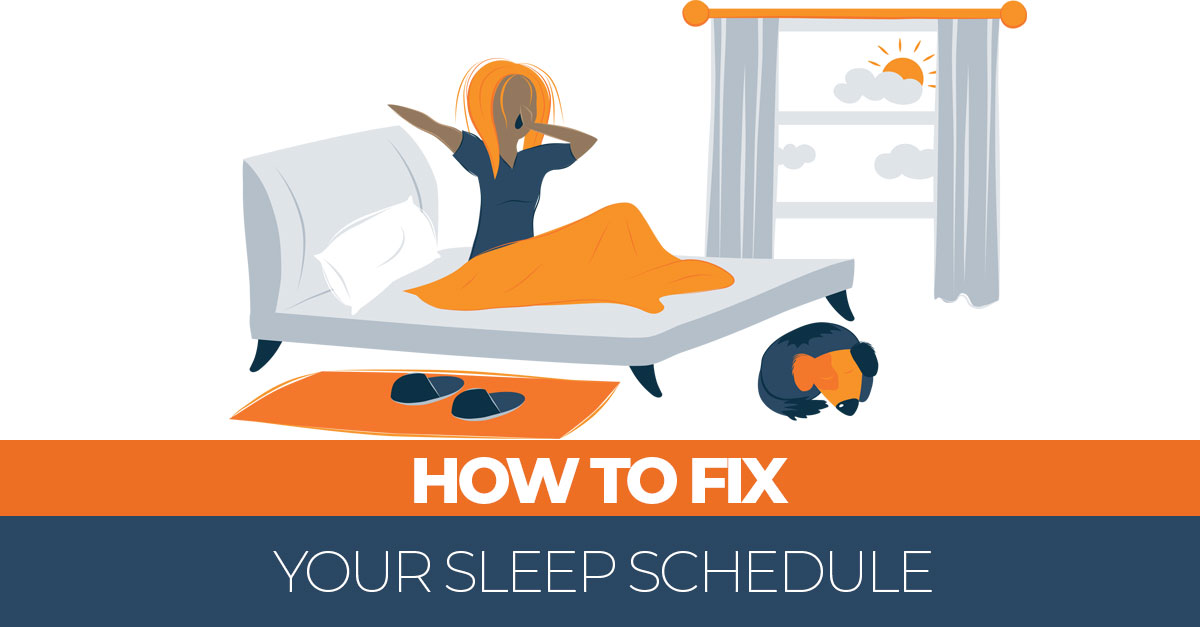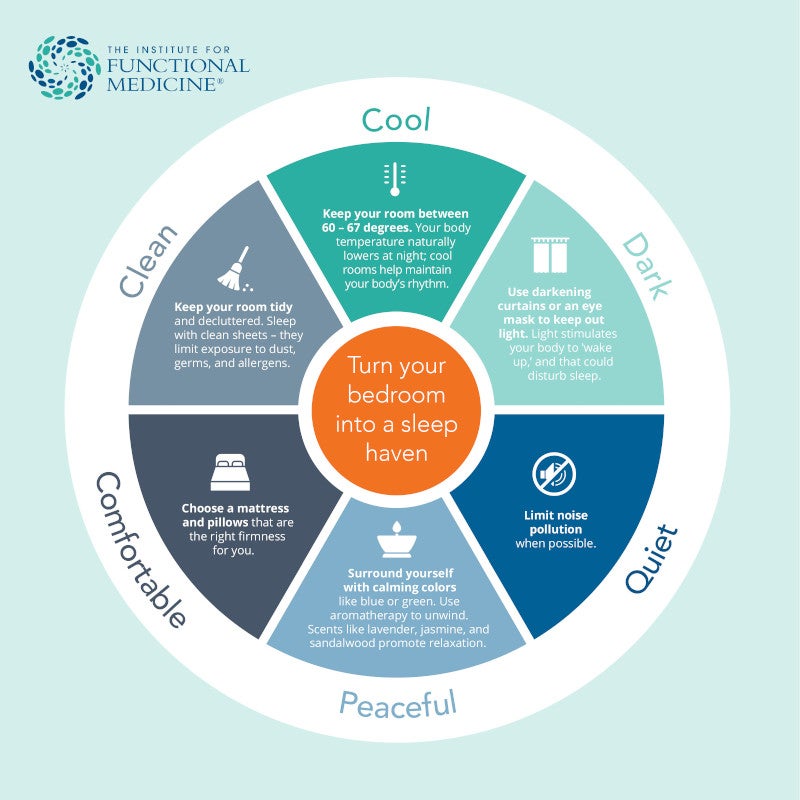Overview To Home Windows 10 Power And Rest Settings
Content
- Shutting Down A Laptop.
- What Takes Place When You Closed Down Your Pc.
- The Cons Of Hibernating Your Pc Or Mac Computer System.

To help you prevent health problems, your immune system recognizes hazardous bacteria and infections in your body and destroys them. They might not strike as swiftly, and you could get ill more frequently. Enable yourself to get to and also stay in this deep rest, and you're much less likely to get type 2 diabetes. While you rest, your blood pressure decreases, providing your heart and also capillary a little a remainder. The much less rest you get, the longer your blood pressure keeps up during a 24-hour cycle. It is necessary to obtain customer authorization before running these cookies on your site.
Hibernate is similar to rest setting with the exemption that your computer totally shuts down and also draws no power, unlike rest mode. Every little thing you previously had open as well as running is stored in a hibernation data on your hard disk drive. When you open your laptop or turn the display back on your computer everything will be just as you left it. Hibernate mode is best used when you don't require to access your computer system for some time or if you will not have access to a power source later on and need to save battery life.
Closing Down A Laptop Computer.
Study located that individuals that rested longer had more calcium accumulation in their heart arteries and also much less adaptable leg arteries, too. The time you spend in bed goes hand-in-hand with the moment you invest at the table as well as at the health club to help you manage your weight. Being sleep-deprived tinker the hormones in your mind-- leptin and ghrelin-- that control hunger.
What happens when you don't shut down your computer?
LONGER LIFE
That's what happens to the processor, RAM, and graphics card that are all constantly running by never shutting off your computer. This puts a lot of stress on the components and shortens their life cycles.
Sleep setting is an energy-saving state that allows task to resume when totally powered. Hibernate mode is also implied to be power-saving but varies from rest mode in what is finished with your data. Rest mode shops the documents and also data you are operating right into the RAM, using a percentage of power in the process. Hibernate setting essentially does the very same thing, but conserves the info to your hard disk, which allows your computer to be shut off entirely and utilize no energy. When you turn your it back on, your hard drive permits your job to be brought right back to where you ended. Hibernate is mostly indicated for laptop computers and is best used in case you are not preparing to use your computer system for an extended period yet want to maintain your work up. Hibernate mode is virtually the exact same point as fully closing down your PC, other than it saves your place in Windows to resume the next time you turn it on.
What Occurs When You Shut Down Your Computer.
The 32-bit indigenous variation is the suggested version due to the fact that it runs almost everywhere (consisting of on 64-bit operating systems and also old hardware) and consumes the fewest sources. However, beginning it up once more can take several minutes, particularly if you have great deals of autorun applications as well as there are updates waiting to be installed.
Much less stress, deterioration on the digital components and various other hardware in your system will enhance its longevity. However, it's important to keep it dust-free, tidy, and preserved appropriately. If you've completed working or using your COMPUTER for the minute however plan to find back later on, claim in a hr or so, placing your PC to rest make good sense. The difference in power usage in the space of a couple of hrs is minimal, but the benefit of having the ability to get where you ended is a lot higher. Rest mode is one of the most hassle-free, due to the fact that it allows you to start collaborating with your COMPUTER again where you ended. However, it's the least power effective setting since although it uses much less power than when your PC is awake, it still utilizes some power to run history processes.
The Cons Of Hibernating Your Computer Or Mac Computer.

Shutdown ends all your applications and also completely powers off the laptop or desktop COMPUTER. It removes all memory, which is why I directly use it every 2-3 days to keep my system fast and also receptive. If that option is not noticeable, right-click on the little battery icon in your taskbar. Hibernating your computer system turns it off totally however permits you to continue to return to all job. It basically ices up everything you're doing and stores it securely on your hard drive in the so called "Hibernation Data". It then shuts off the entire computer system so it draws zero watts from the electrical outlet.
- Hormone levels vary during https://canvas.instructure.com/eportfolios/125333/dominickjoag884/7_Best_Suggestions_On_Just_How_To_Copulate_Lengthy_Hair_To_Prevent_Damages different sleep phases, and also top quality of rest might also affect daytime hormonal agent production.
- The details effects depend on the kind of resting problem as well as its reason.
- When you have resting issues, you may not obtain the corrective benefits that originate from what typically takes place throughout rest.
- Circadian rhythm sleep-wake problems can bring about not enough rest or uncommon sleep architecture.
- For instance, agitated leg syndrome or interrupted breathing from sleep apnea can cause frequent awakenings that disturb the regular rest cycle, decreasing restorative rest.
